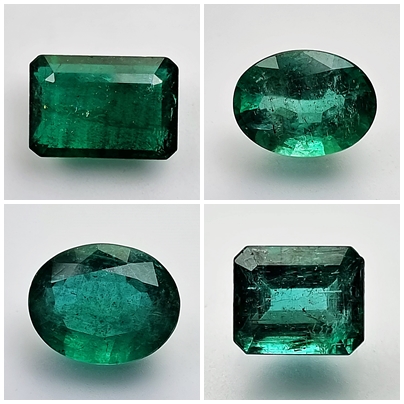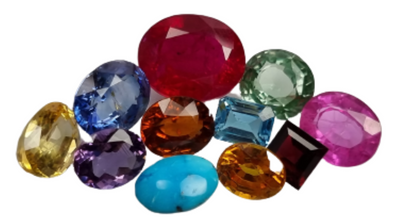
Brazilian Emerald: Gemstone Information
First rumours and later finds of emerald encouraged colonial expeditions to the interior of Brazil and the royal house of Portugal received many specimens from the early seventeenth century onwards. Other varieties of beryl were found during prospecting for mica deposits. In 1812 John Mawe published the first edition of Travels in the Interior of Brazil [Sinkankas #4270] though gold and topaz feature as well as beryl varieties. The book became a classic for Brazil mining historians. This work, however, was not the first mention of emerald from Brazil, since in 1565 Conrad Gesner published De rerum fossilium [Sinkankas #2366], in which ‘smaragdus Bresilicus’ is mentioned, with a drawing which is clearly tourmaline; this was a mistake causing misconceptions for the future.
In the state of Bahia, emerald was found in a mica schist near Salininha and the deposits at Carnaiba also occur in mica schists. Crystals from Bom Jesus dos Meiras are notable for their fine forms; one crystal with 18 pyramidal faces is recorded [Sinkankas, 1981]. In Goias the only beryl variety found is emerald, and in the there wise beryl-rich state of Minas Gerais relatively few specimens have been found. In general, Brazilian emerald show two-phase inclusions with crystals of dolomite, biotite and talc. The most frequent inclusions, however, are liquid films. On the whole the color does not equal that of the Colombian or the (much smaller) Pakistan crystals.




